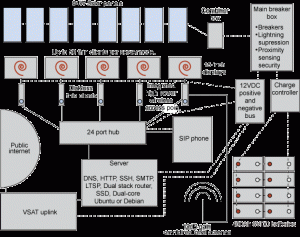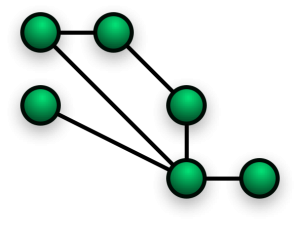Phi Beta Iota: We now see a three-phase path for creating the World Brain and Global Game.
Phase One, which we now recognize must be first, is to create the aggregate people power to overcome secular corruption that is the source of all scarcity and conflict, is the distribution of simple free open source cellular access to the five billion poor. This includes both OpenBTS as a new global standard, and solar-powered mesh Internet that cannot be shut down by governments, corporations, or predatory non-governmental organizations.
Phase Two is not smart phones–an overpriced over-complex toy for the one billion rich–but rather the creation of national, regional, and virtual call centers that can both educate the poor one cell call at a time, and harness the distributed intelligence of all humans in all languages all the time–the back office functions and the desktop analytics of this second tier of intermediate processing are critical to machine speed information sharing and sense making.
Phase Three must be the application of the Strategic Analytic Model in conjunction with the establishment of “true cost” information for every product and service, and the coincident establishment of local water, power, and currency options that begin to dismantle the dysfunctional grid that wastes half of what it moves in the movement.









